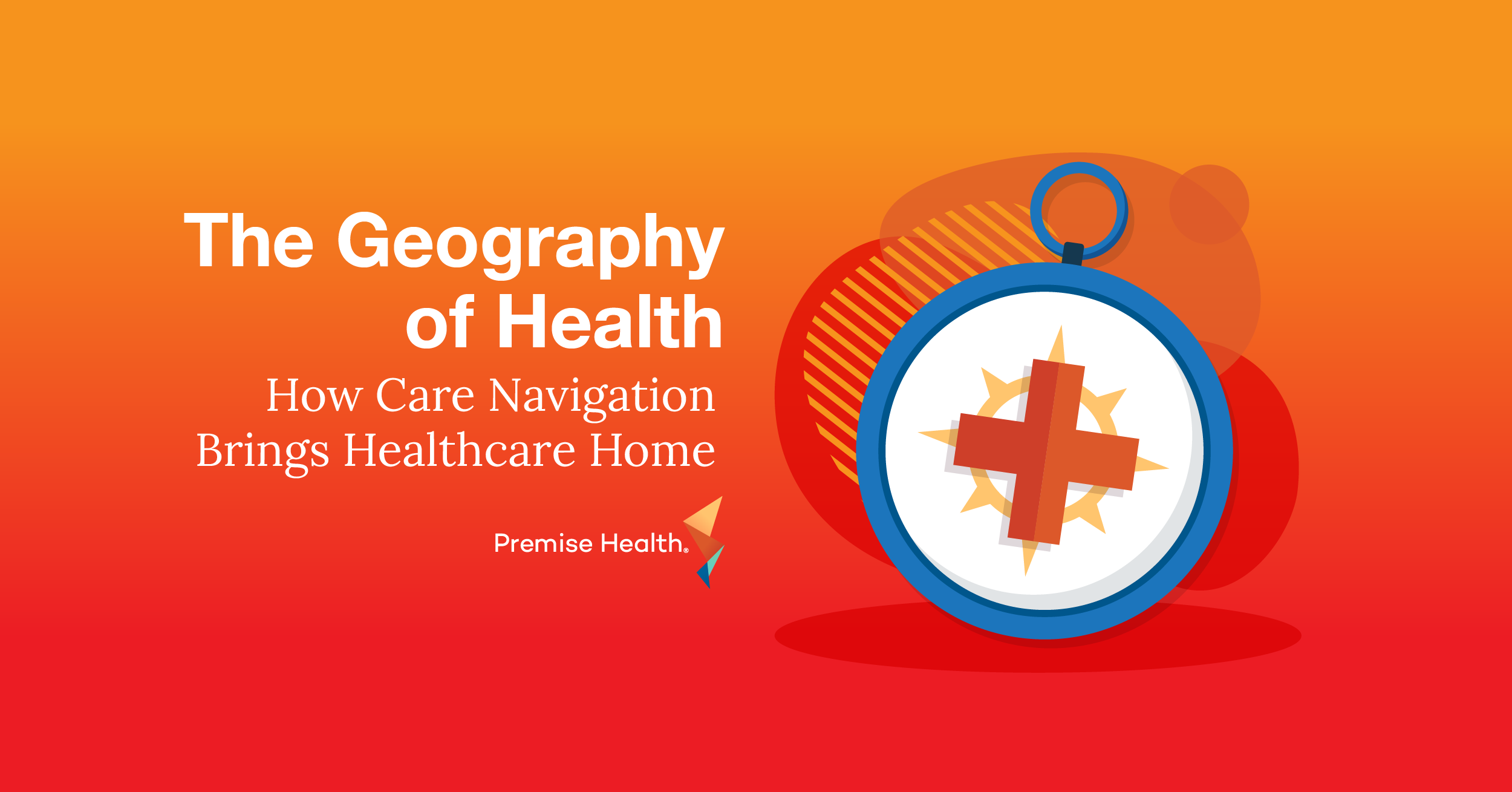3 Ways Direct Healthcare Removes Barriers for Those Who Need it Most
When people have easy access to high-quality healthcare, patient outcomes improve. However, there are many factors that prevent patients from receiving the care they need – and these barriers have intensified during the COVID-19 pandemic. A key pillar of direct healthcare is creating barrier-free access that ensures all individuals can receive the care they need.
Read on to learn the three ways direct healthcare removes barriers and improves access for those who need it most.
Direct Healthcare Offers Multiple Access Points
Barrier-free access means individuals can choose how they want to get care in a way that’s most convenient for them – digitally, in-person, or a combination of the two. For employers, barrier-free access means integrating multiple access points so their people can receive convenient, cost-effective, and personalized care whenever and wherever they need it.
These access points may include:
1. Onsite Wellness Centers
An onsite wellness center delivers health and wellness services by licensed providers on the premises of an employer or other membership-based organization (such as a union or health insurance plan). Each onsite health center is designed specifically for the needs of its unique member population. Often, onsite providers can deliver care both in-person at the center or virtual care during office hours, depending on patients’ preferences. The seamless intersection of both virtual and onsite primary care delivery, right where people work, leads to higher member engagement and better health outcomes.
2. Nearsite Wellness Centers
Nearsite wellness centers often complement onsite centers, filling the gap for families and remote workers. Onsite centers can serve dependents, but they may be a long way from where families live, work, or go to school. Or, in some cases the onsite health centers may be part of a secure location that is not accessible to dependents. Therefore, many organizations choose to offer both onsite and nearsite primary care services to better serve their dispersed populations and deliver greater value.
3. Digital Care
Digital access points play an increasingly important role in helping people connect to care. They can make it easier and more convenient for patients to prioritize health, by granting them access to high-quality care when, where, and how it’s most convenient for them. By integrating digital access with in-person care, direct healthcare can deliver on its promise of “anytime, anywhere.”
No matter the access point, appointments should be readily available. Unlike in the community where seeing your physician can take weeks or months, barrier-free access makes same or next day scheduling the norm.
Direct Healthcare Supports Patient Journeys
Barrier-free access doesn’t stop at offering a variety of ways to connect with a primary care provider. It also means that patients shouldn’t have to navigate the healthcare system on their own.
While primary care serves as the front door to healthcare, many patients will need a higher level of care at some point on their care journey. With direct healthcare, there is always a trusted guide to help patients take the next step, whether that is scheduling an appointment with a specialist or seeking a second opinion.
In some cases, a patient’s primary care provider may support patients as they navigate the healthcare system. In others, the patient and primary care provider may work with a care navigator. Care navigators ensure that patients receive care from high-quality providers and facilities without overpaying for their services, resulting in improved outcomes, lower costs, and a great member experience. No matter the approach, what’s most important is that patients have someone who understands the healthcare system to advocate for them and help them make the most informed decisions about their care.
Direct Healthcare is Culturally Competent Care
One final way that direct healthcare removes barriers is by ensuring patients receive culturally competent care. After all, meeting patients where they are not only means providing them with different access points. It also means that culture and language should not be a barrier to seeking needed healthcare services.
When accessing healthcare is easy, people are more likely to get the care they need, which creates better experiences – and better outcomes for all.
Instead of accepting the way healthcare has always been, Premise Health is redefining the system. We are leading the way with our value-driven approach to care, delivered through our in-person wellness centers and digital access for members across the nation. It’s primary care that’s more personable, accessible, and intelligent.
Contact us today to learn more about bringing this innovative care approach to your people.
Next on industry insights.

The Geography of Health: How Care Navigation Brings Healthcare Home
Read the Blog
Why Payers Need Advanced Primary Care
Read the Blog